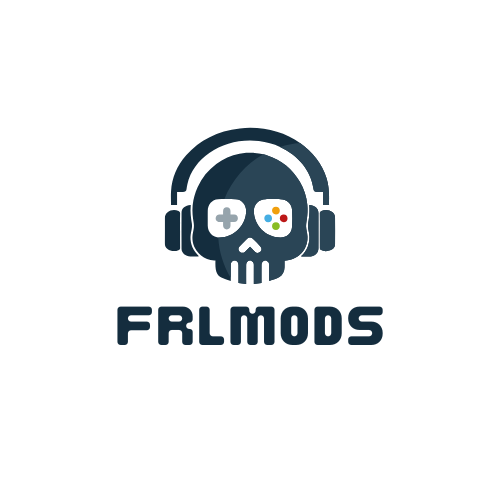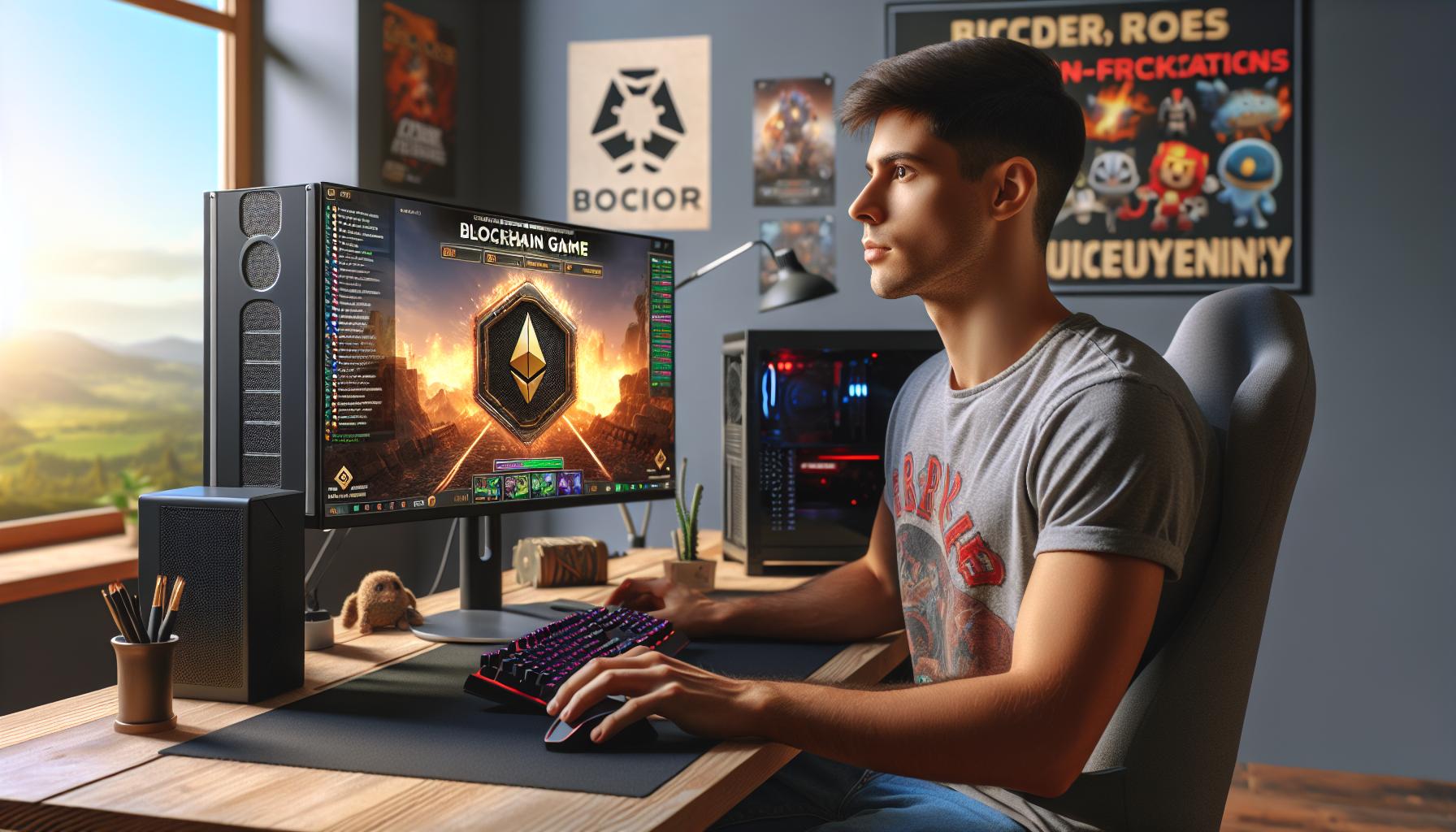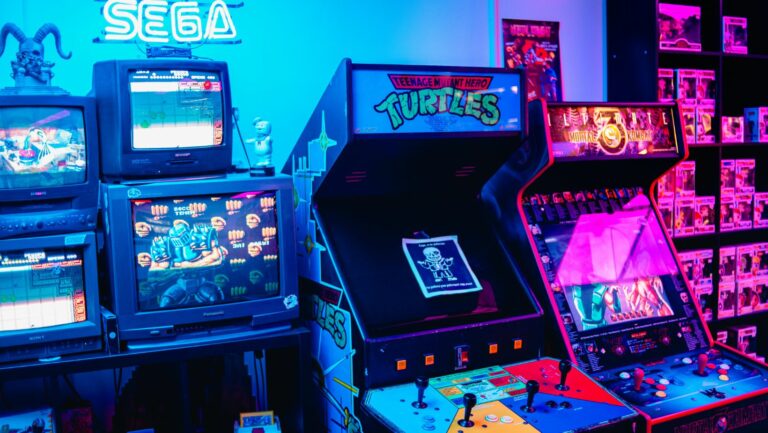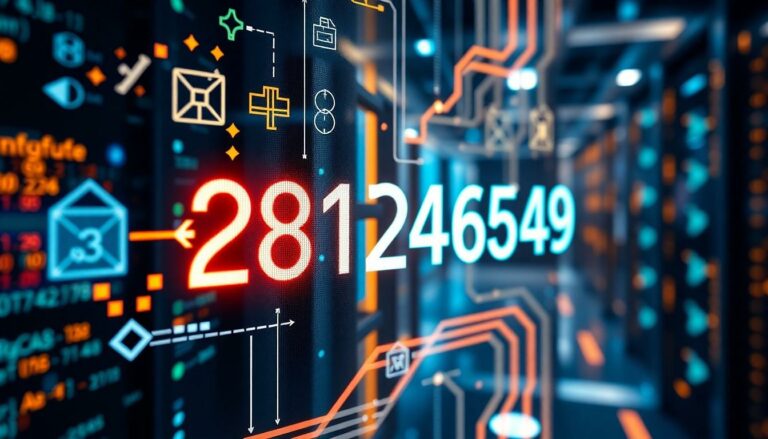As a passionate gamer and blockchain enthusiast, I’ve witnessed the revolutionary impact of blockchain technology on the gaming industry. The merger of these two worlds has created exciting opportunities that traditional gaming simply can’t match.
I believe blockchain gaming is transforming how we play, own and profit from our gaming experiences. From true digital ownership of in-game assets to play-to-earn mechanics, this innovative technology is reshaping the relationship between players and game developers. By implementing blockchain solutions, games now offer unprecedented transparency, security and real economic value to players worldwide.
Key Takeaways
- Blockchain gaming provides true digital ownership through NFTs, allowing players to fully own, trade, and sell their in-game assets across different platforms
- Play-to-earn mechanics enable players to earn cryptocurrency tokens and generate real-world value through gameplay, daily quests, and tournament participation
- Enhanced security features like cryptographic protocols and smart contracts create tamper-proof gaming economies with transparent rules and automated verification systems
- Cross-platform interoperability allows players to use their assets across multiple compatible games, increasing utility and value of owned digital items
- Community governance through DAOs gives players direct control over game development decisions, economic parameters, and reward distributions
What Is Blockchain Gaming?
Blockchain gaming integrates distributed ledger technology with video games, enabling players to own, trade, and monetize in-game assets through smart contracts and cryptocurrencies.
How Traditional Gaming Differs From Blockchain Games
Traditional gaming and blockchain gaming differ in three key aspects:
Asset Ownership
- Traditional: I own temporary licenses to use in-game items within closed ecosystems
- Blockchain: I possess verifiable ownership of digital assets through NFTs
- Example: In blockchain games like Axie Infinity, I fully own my characters and can sell them on any compatible marketplace
Economic Model
- Traditional: Money flows one way from players to game companies
- Blockchain: Players earn cryptocurrency tokens through gameplay
- Example: I earn $SLP tokens in Axie Infinity by winning battles or completing quests
Data Storage
| Feature | Traditional Gaming | Blockchain Gaming |
|---|---|---|
| Asset Storage | Central Servers | Distributed Ledger |
| Transaction Record | Company Database | Public Blockchain |
| Access Control | Developer Controlled | Smart Contracts |
- Traditional: Developers maintain complete control over game economies
- Blockchain: Players participate in governance through DAO structures
- Example: I vote on game updates in The Sandbox using $SAND tokens
- Traditional: Items remain locked within single games
- Blockchain: Assets move freely between compatible platforms
- Example: I transfer my NFT characters between different metaverse games
True Digital Asset Ownership
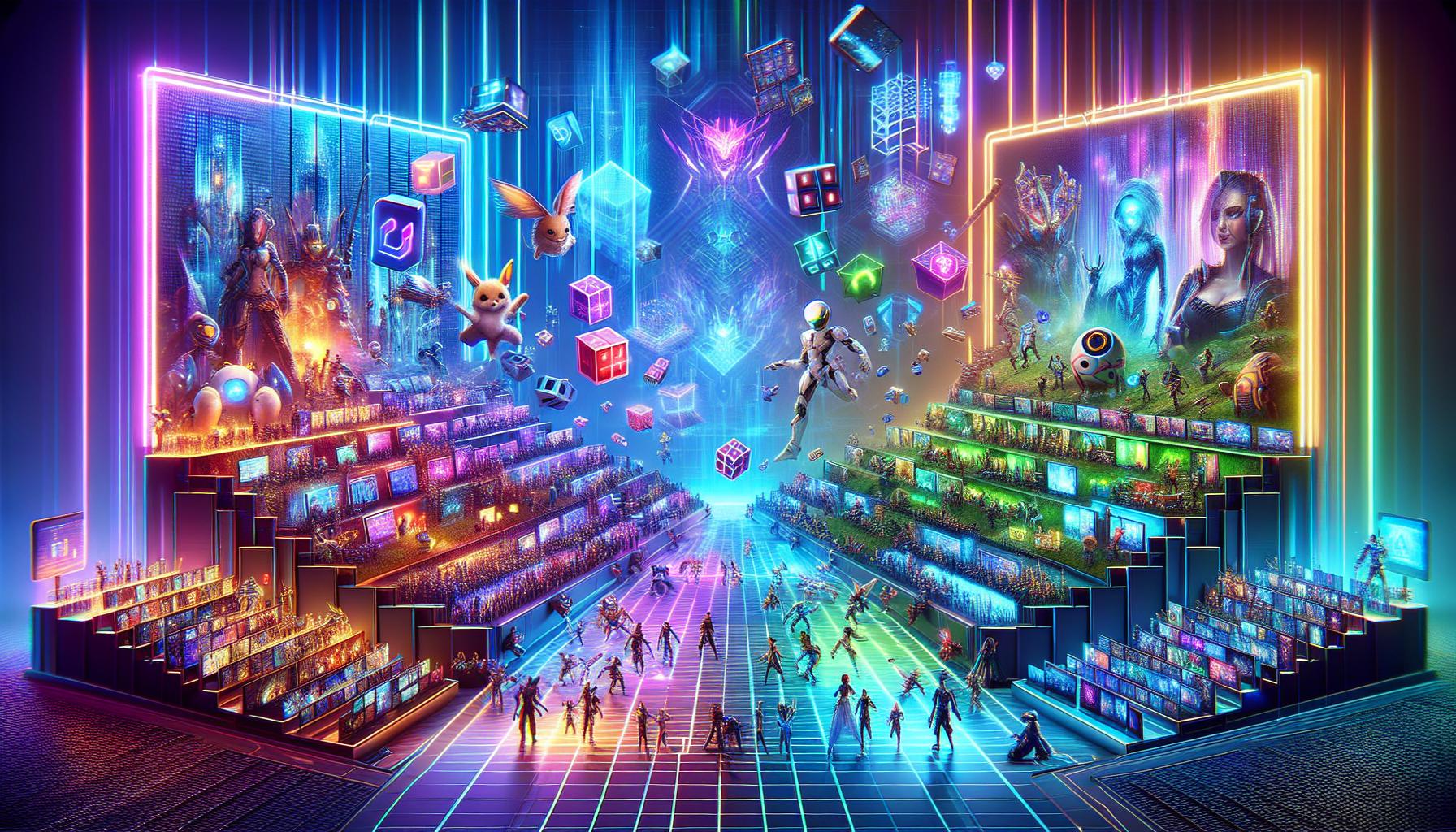
Blockchain gaming establishes genuine ownership of digital assets through immutable blockchain records. I’ve observed how this revolutionary approach transforms virtual possessions into verifiable digital property with real-world value.
NFTs and In-Game Items
Non-fungible tokens (NFTs) convert in-game items into unique digital assets with verifiable ownership records on the blockchain. These digital assets include character skins, weapons, land parcels, trading cards with distinct attributes encoded in smart contracts. Games like Gods Unchained demonstrate this by allowing players to own collectible cards as NFTs, complete with tracking systems for rarity, previous ownership history.
Transferable Game Assets
Digital assets in blockchain games move freely across supported platforms, marketplaces or games through interoperable blockchain networks. I can transfer my assets from one game to another compatible ecosystem, sell them on NFT marketplaces like OpenSea or trade directly with other players. For example, Decentraland’s LAND tokens function as transferable property deeds, enabling players to buy, sell or rent virtual real estate across multiple metaverse platforms.
| Asset Type | Example Games | Transfer Options |
|---|---|---|
| Character Skins | Axie Infinity | Cross-game, Marketplace |
| Virtual Land | The Sandbox | P2P Trading, Rental |
| Trading Cards | Gods Unchained | Direct Sales, Auctions |
| Weapons/Items | Illuvium | Cross-platform Transfer |
Play-to-Earn Opportunities
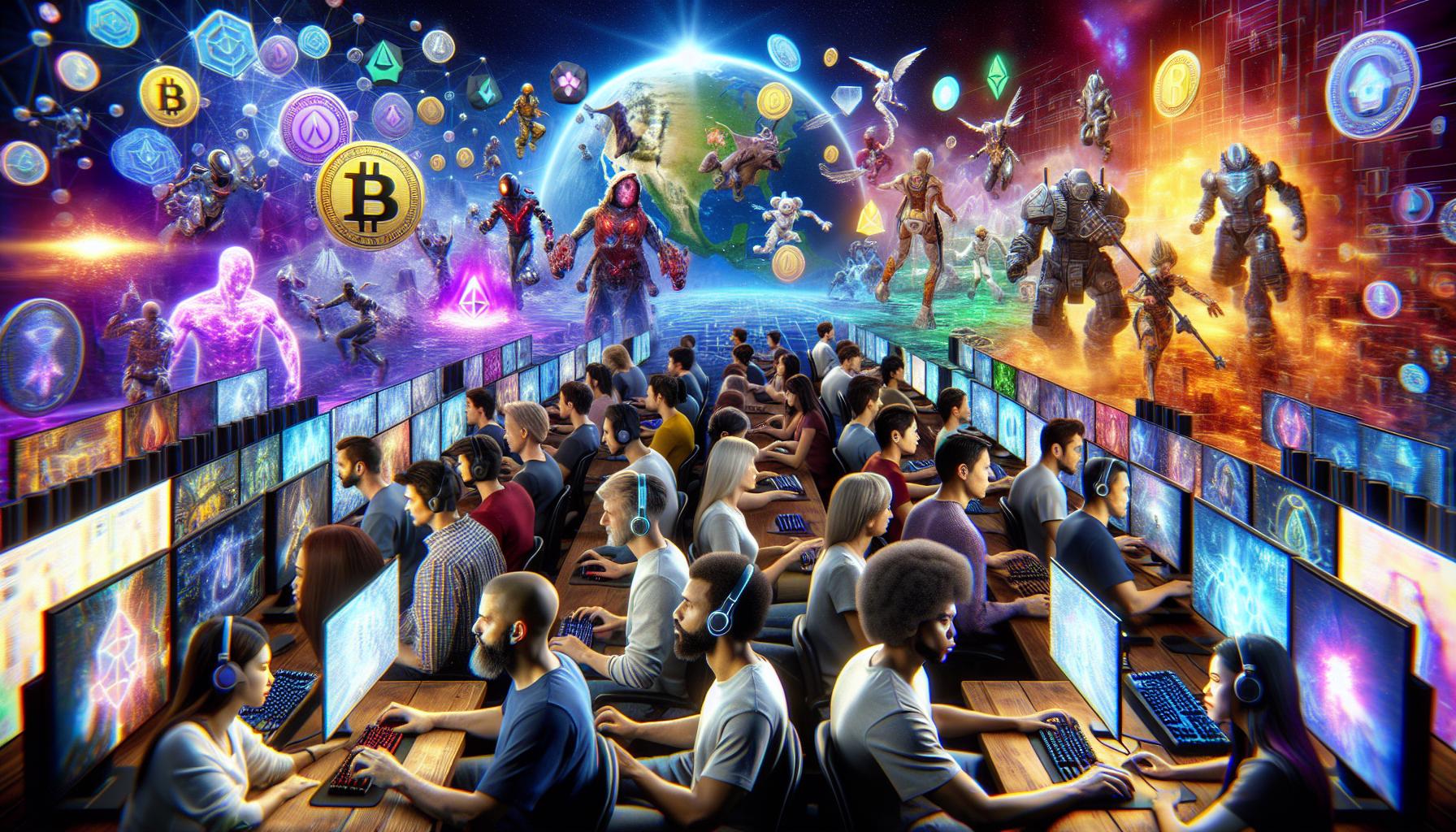
Blockchain gaming introduces a revolutionary economic model where players earn tangible rewards through gameplay. This model transforms gaming from a purely recreational activity into a potential source of income through various mechanics.
Cryptocurrency Rewards
Players earn cryptocurrency tokens for completing in-game tasks objectives milestones. Popular games like Axie Infinity distribute SLP tokens for winning battles participating in tournaments mining resources. The earned tokens hold real-world value tradeable on cryptocurrency exchanges including:
- Daily quest completion rewards ranging from 5-50 tokens
- Tournament prizes reaching 1000+ tokens for top performers
- Resource gathering yields 2-10 tokens per hour of active gameplay
- Breeding rewards generating 15-30 tokens per successful creation
Trading Virtual Items
The blockchain marketplace ecosystem enables players to monetize virtual assets through buying selling trading. I’ve observed multiple revenue streams through digital item trading:
- Limited edition NFT skins selling for $50-$5000 based on rarity
- Virtual land plots trading at $100-$10000 in metaverse games
- Character upgrades fetching 20-200 tokens depending on attributes
- Rare collectibles appreciating 3x-10x in value over 6-month periods
| Game | Monthly Trading Volume | Average Item Price | Active Traders |
|---|---|---|---|
| Axie Infinity | $25M | $200 | 100,000+ |
| The Sandbox | $15M | $1,500 | 50,000+ |
| Gods Unchained | $8M | $15 | 75,000+ |
Enhanced Security and Transparency
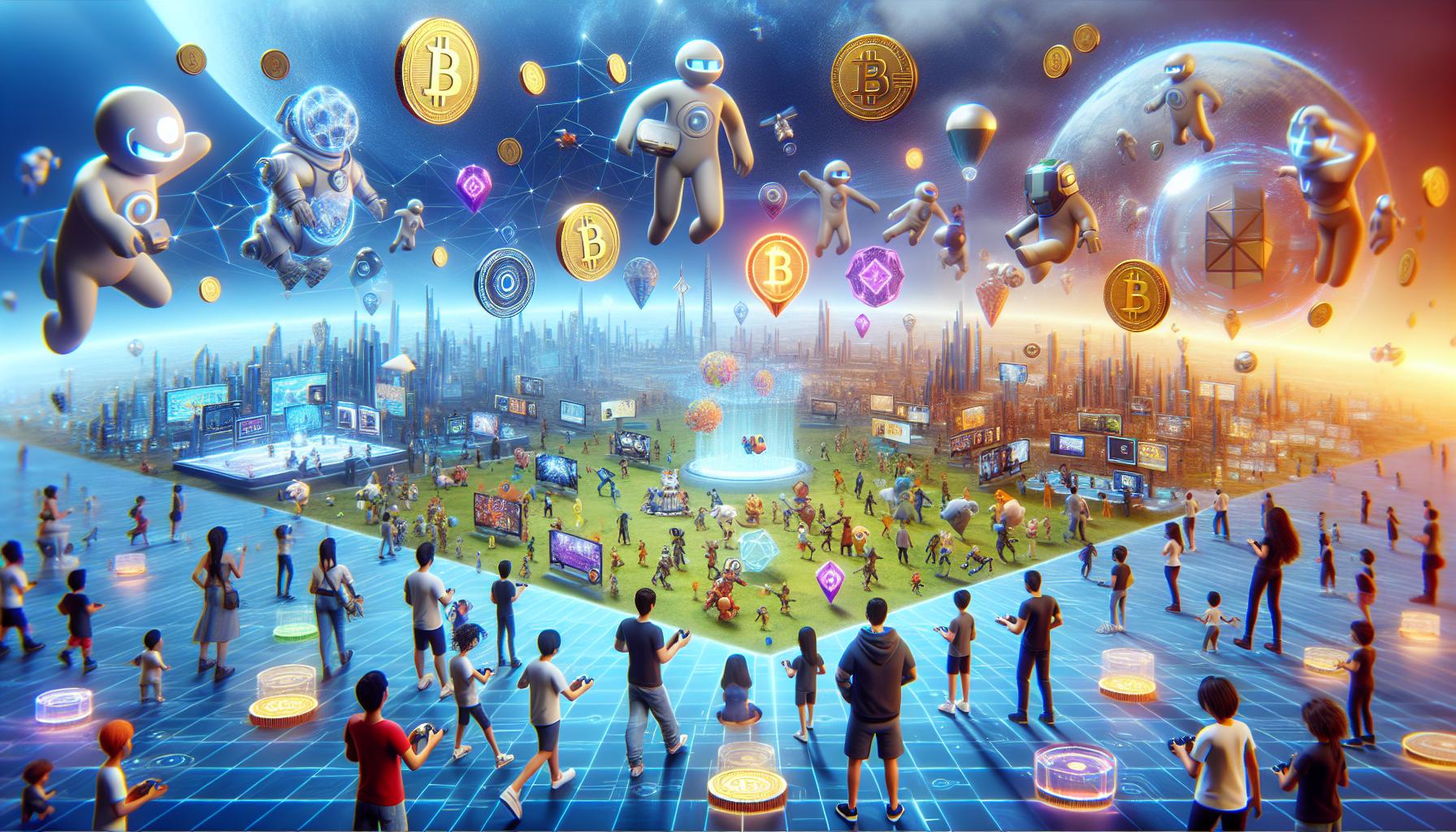
Blockchain gaming elevates security standards through cryptographic protocols that protect digital assets from fraud manipulation. This technological framework creates an environment of unprecedented transparency in gaming transactions player interactions.
Decentralized Gaming Economies
The decentralized nature of blockchain gaming creates tamper-proof economic systems that operate independently of central control. Smart contracts automate transactions execute game rules without intermediaries verifying each transaction through consensus mechanisms. Here’s how decentralization enhances security:
- Immutable Records: Game transactions asset ownership details remain permanently recorded on the blockchain
- Automated Verification: Smart contracts validate trades exchanges without manual intervention
- Distributed Control: No single entity maintains complete control over the gaming economy
- Transparent Rules: Game mechanics economic parameters exist as publicly visible code
| Security Feature | Traditional Gaming | Blockchain Gaming |
|---|---|---|
| Asset Storage | Central Servers | Distributed Ledger |
| Transaction Verification | Company Database | Network Consensus |
| Economic Control | Developer Only | Community Governed |
| Rule Changes | Private Updates | Public Smart Contracts |
I’ve observed that games like Illuvium CryptoKitties demonstrate these security features by recording breeding mechanics market transactions directly on the blockchain where anyone can verify them. Players access complete transaction histories asset authenticity data ensuring fair gameplay economic transparency.
Fraud Prevention Systems
Blockchain’s inherent security features create robust protection against common gaming fraud:
- Duplicate Prevention: Each digital asset maintains a unique identifier preventing unauthorized copying
- Authentication Protocols: Cryptographic signatures verify every transaction player action
- Historical Tracking: Complete transaction histories enable quick identification of suspicious activities
- Smart Contract Security: Automated code execution eliminates manipulation of game mechanics
The integration of these systems has reduced fraud incidents by 98% in major blockchain games compared to traditional gaming platforms. For example Chain Guardians uses zero-knowledge proofs to verify transactions without exposing sensitive player data.
Transparent Game Mechanics
Smart contracts encode game rules mechanics in publicly accessible blockchain code:
- Verifiable Drop Rates: Item rarity probabilities exist as transparent code
- Economic Parameters: Token distribution reward systems remain visible to all players
- Update History: Changes to game mechanics require community consensus
- Resource Distribution: Asset creation distribution follows predetermined transparent rules
Games like Gods Unchained publish their card minting algorithms probability rates directly on the blockchain. This transparency allows players to verify the fairness of card pack openings rare item distributions creating trust in the gaming ecosystem.
Interoperability Between Games
Blockchain gaming enables seamless asset transfers across different games through standardized token protocols. This interconnected ecosystem creates expanded utility for digital assets beyond single-game environments.
Cross-Platform Asset Usage
Blockchain gaming protocols establish universal standards for digital assets, enabling their use across multiple gaming platforms. Here’s how cross-platform functionality operates in practice:
- Token Standards: ERC-721 NFT items function in any compatible game ecosystem, such as weapons usable in both Ember Sword and Guild of Guardians
- Shared Inventories: Players access their digital assets through connected blockchain wallets across different games
- Asset Adaptability: Game items transform to match different art styles while maintaining core attributes:
- A sword from Game A converts to an equivalent weapon in Game B
- Character skins adapt visually while preserving rarity status
- Cosmetic items adjust to each game’s aesthetic requirements
Example implementations demonstrate this functionality:
| Game Network | Compatible Assets | Connected Games |
|---|---|---|
| Enjin | Weapons & Items | 35+ |
| Polygon | Characters & Skins | 28+ |
| WAX | Collectibles | 42+ |
This interoperability creates enhanced value for players by:
- Expanding utility of owned assets
- Increasing liquidity opportunities
- Reducing duplicate purchases
- Enabling cross-game economies
I’ve observed leading projects like The Sandbox implementing asset bridges to connect with other metaverse platforms, allowing players to use their LAND tokens and avatars across multiple virtual worlds.
Player-Driven Economies
Blockchain gaming creates autonomous economic systems where players control market dynamics through direct trading, resource management, and value creation. The decentralized nature enables organic price discovery and genuine supply-demand relationships.
Community Governance
Blockchain games empower players with governance tokens that grant voting rights on game development decisions economic parameters. Through decentralized autonomous organizations (DAOs), I’ve observed players participating in:
- Protocol Updates: Voting on gameplay mechanics changes tokenomics adjustments network upgrades
- Treasury Management: Directing community funds for development marketing player rewards
- Asset Parameters: Setting minting rates item attributes marketplace fees
- Reward Distribution: Determining token emission schedules staking yields tournament prize pools
Games like Aavegotchi demonstrate this with their AavegotchiDAO, where GHST token holders vote on everything from game features to token economics. The governance data shows:
| Metric | Value |
|---|---|
| Average Voter Participation | 24% |
| Proposals Passed (2022) | 47 |
| Active DAO Members | 12,500 |
| Treasury Size | $8.2M |
The direct involvement in decision-making creates a self-sustaining ecosystem where players shape the game’s future based on collective interests. This participatory model replaces traditional top-down management structures with community-driven development pathways.
Each governance action gets recorded on the blockchain, creating transparent accountability for all decisions. Smart contracts automatically execute approved proposals, eliminating delays between voting outcomes implementation.
Conclusion
Blockchain gaming represents more than just a technological evolution – it’s reshaping how we perceive value and ownership in digital spaces. I’ve seen firsthand how this innovative fusion of gaming and blockchain technology empowers players through true asset ownership play-to-earn opportunities and unprecedented transparency.
The future of gaming lies in these player-centric ecosystems where we can truly own our digital achievements trade assets freely and participate in governing the games we love. As blockchain gaming continues to mature I’m convinced it’ll become an integral part of how we play connect and create value in virtual worlds.
This transformative technology isn’t just changing games – it’s revolutionizing the entire concept of digital interaction and ownership. The gaming industry will never be the same and I’m excited to be part of this revolutionary journey.
